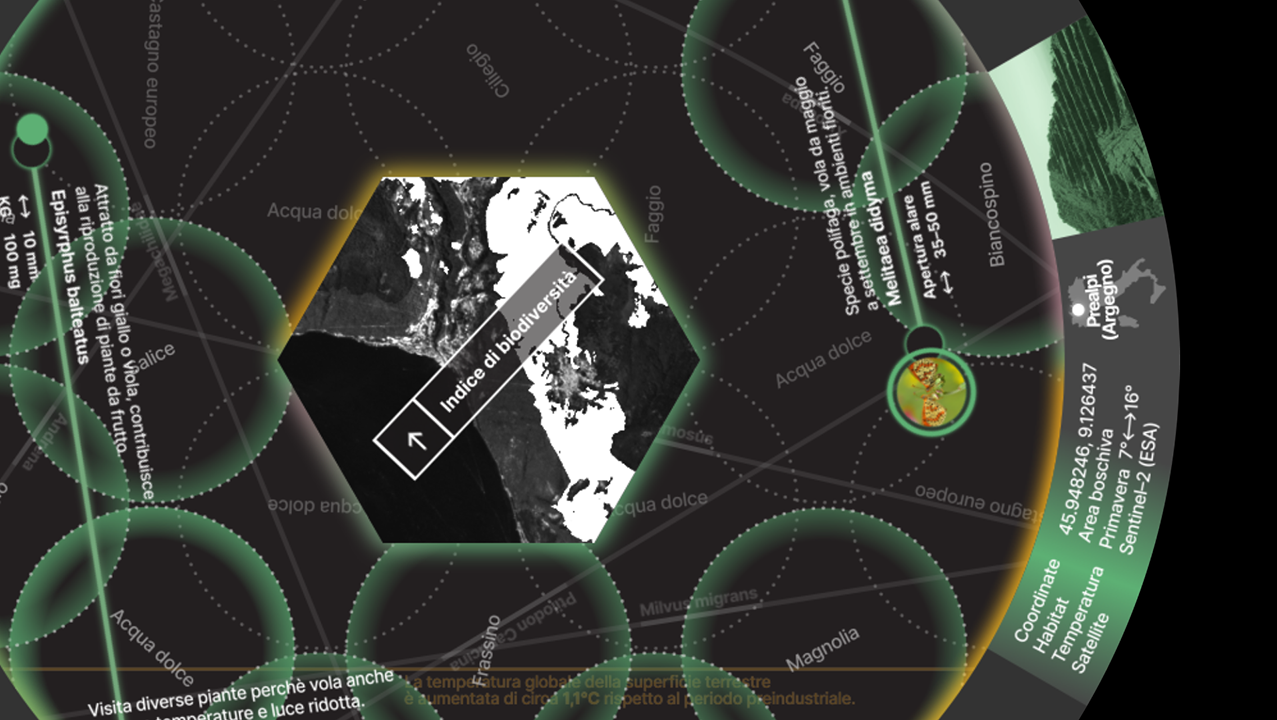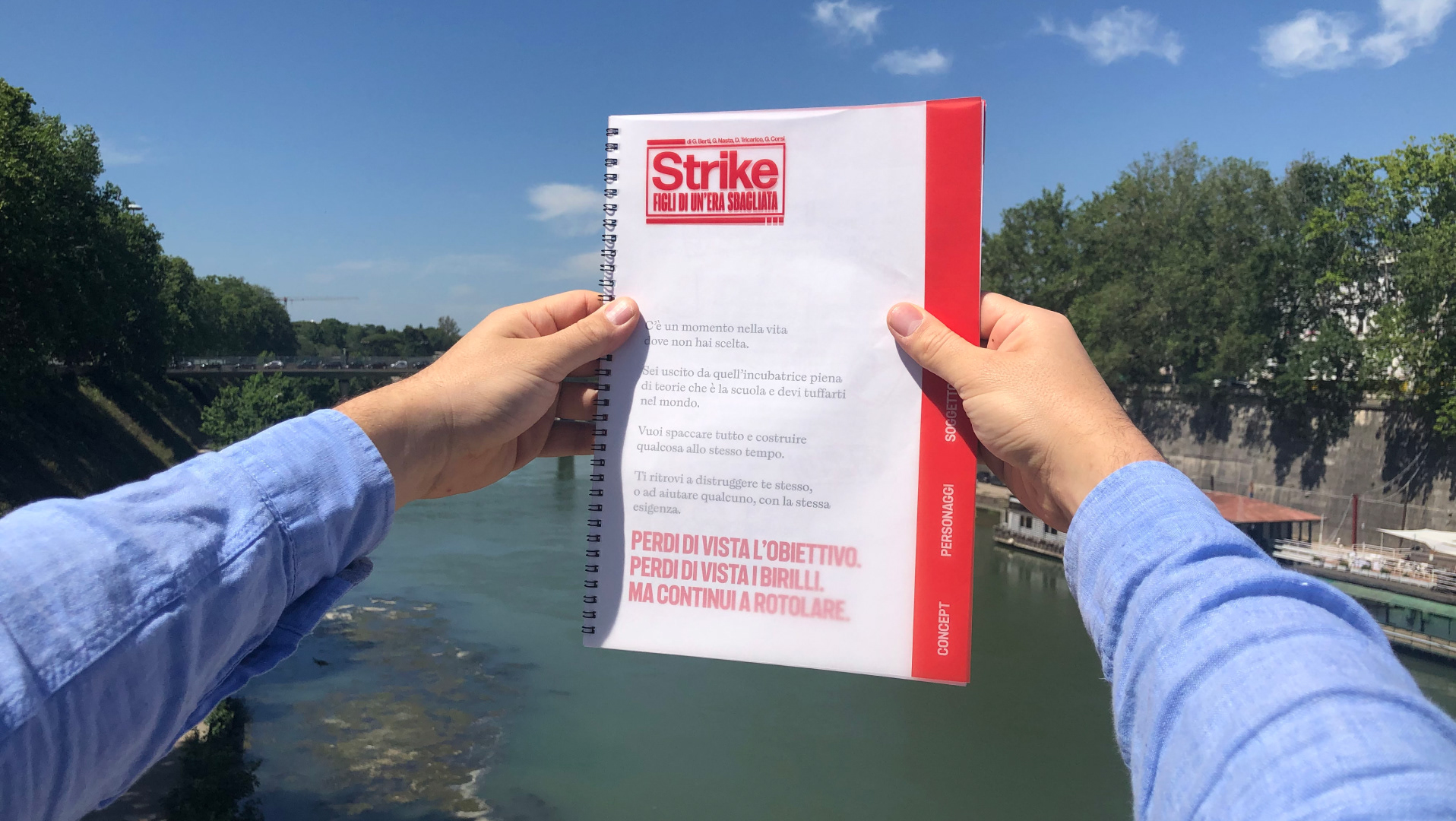READ THE ENTIRE PUBLICATION on Cumulus Conference Proceedings Roma 2020-2021 | Track: Design Culture (of) LANGUAGES – Beyondstories
—
Beyondstories is a system to rewrite the historical and becoming identity of a territory from an internal point of view, through inhabitants' experiences, voices and anecdotes.
Narratives are set up starting from a database composed of the stories told by the inhabitants of the context, collected, processed and translated according to an acquisition model based on three parameters. Urban stratification is revealed by translating recorded voices of citizens - the physical "human data" - through a digital visual grammar.
Stories mixed with history come back to the context with cultural narrative paths that use architecture as a substrate for immersive technology.
People are stories-holders, so territory identity can be expressed by stories of people collected within the context.
We have to find stories from people, about people and territory.
We met a lot of people and we talked with them about the context they live in.
We met a lot of people and we talked with them about the context they live in.
The questions of the interviews were designed to encourage people to tell stories about their relationship with the territory across time.
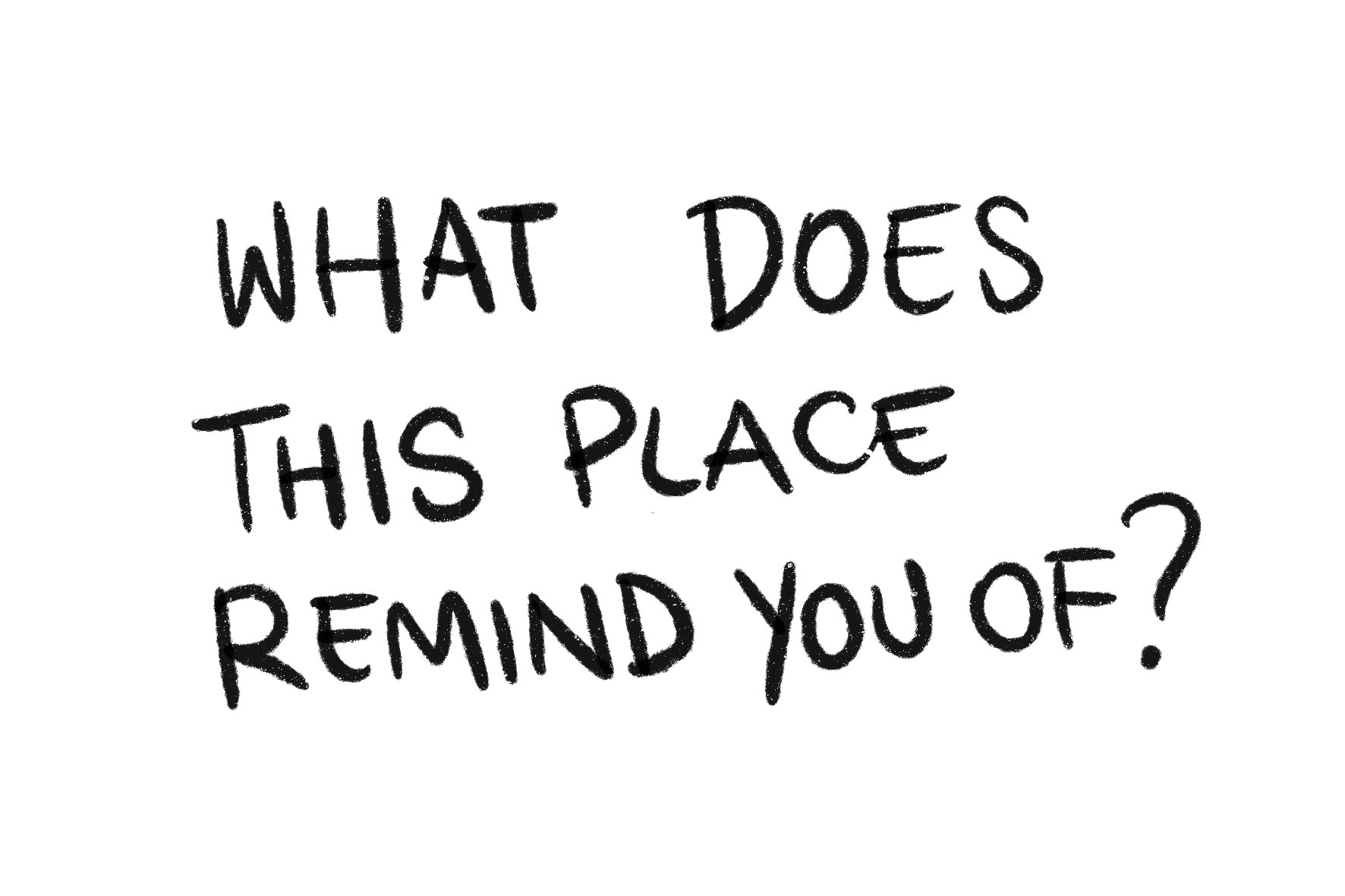


We had a narrative result. People started telling us about territory, but then their tales focused more on their memories, feelings, anecdotes.
Our aim was to give a qualitative restitution of an interview (more qualitative than voice-to-text recognition software based) and a faster alternative to transcribing.
We designed an Acquisition model divided into steps and based on four parameters.


Every word recognized from the speech-to-text model becomes a module/symbol represented by a long and a short stroke.
In the short stroke
• the shape refers to the kind of narrator (square if talks about itself, circle if about context, diamond if about something outside from the context)
• the gradient refers to the proved or shown emotion
• the shape refers to the kind of narrator (square if talks about itself, circle if about context, diamond if about something outside from the context)
• the gradient refers to the proved or shown emotion
In the long stroke,
• the transparency refers to the time of narration (lighter is further, dark is the future)
• the amplitude refers to the number of connections that the word - already parameterized - can creates with similar concepts
• the transparency refers to the time of narration (lighter is further, dark is the future)
• the amplitude refers to the number of connections that the word - already parameterized - can creates with similar concepts
Imagining collecting an unlimited number of stories, a database comes to light.
It is possible to join similar stories using a parameter or a word as a connection.
The connections between micro-stories become connections between places.
The connections between micro-stories become connections between places.
A group of micro-stories becomes a physical narrative path, that can be experienced through augmented reality, for example.
We built a grammar, an abacus to give a set of possible narrative configuration of the space, to let the architecture talk.
The Urban Narrative Abacus is a set of possible combinations of the space available to the digital artists involved who will have to design the augmented reality visual experience.
The Abacus is a compilative tool, a language for augmented reality. A tool thought for digital artists who have to translate stories from audio to visual.


The digital artist associate the content of each microstory with one or more elements of the abacus and creates a 360° visual composition that can be experienced by the spectator.
Digital artists can treat stories with different styles corresponding to different tones of voice, genre, skin, aim of the narration.






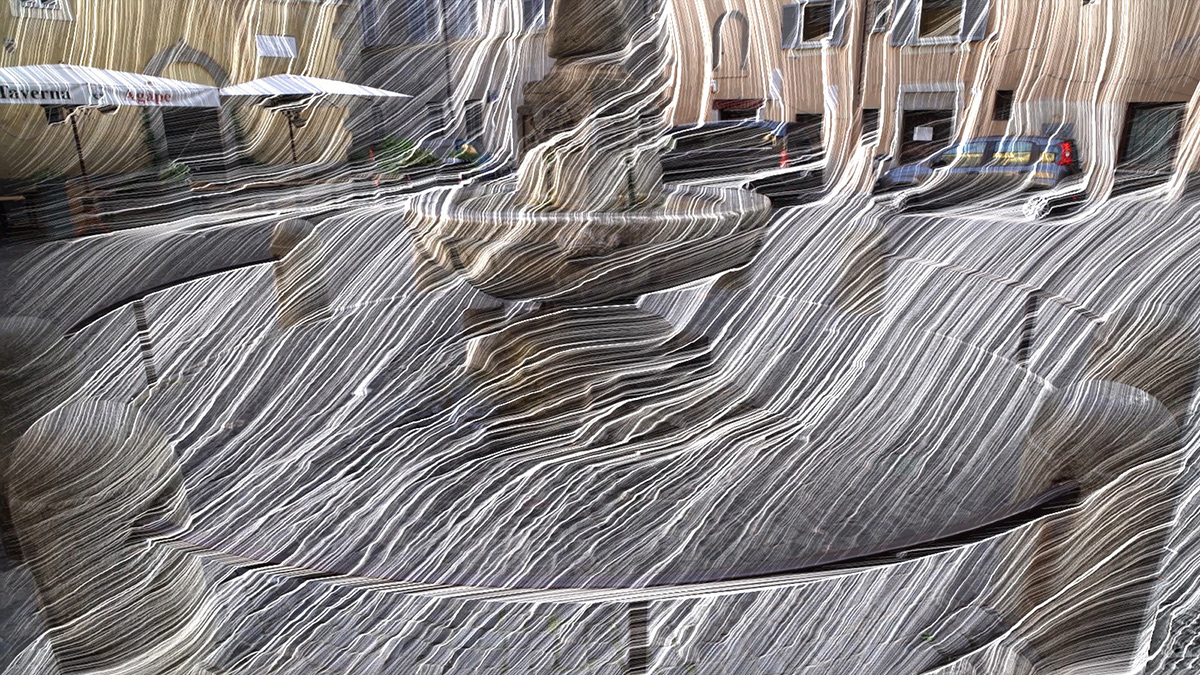
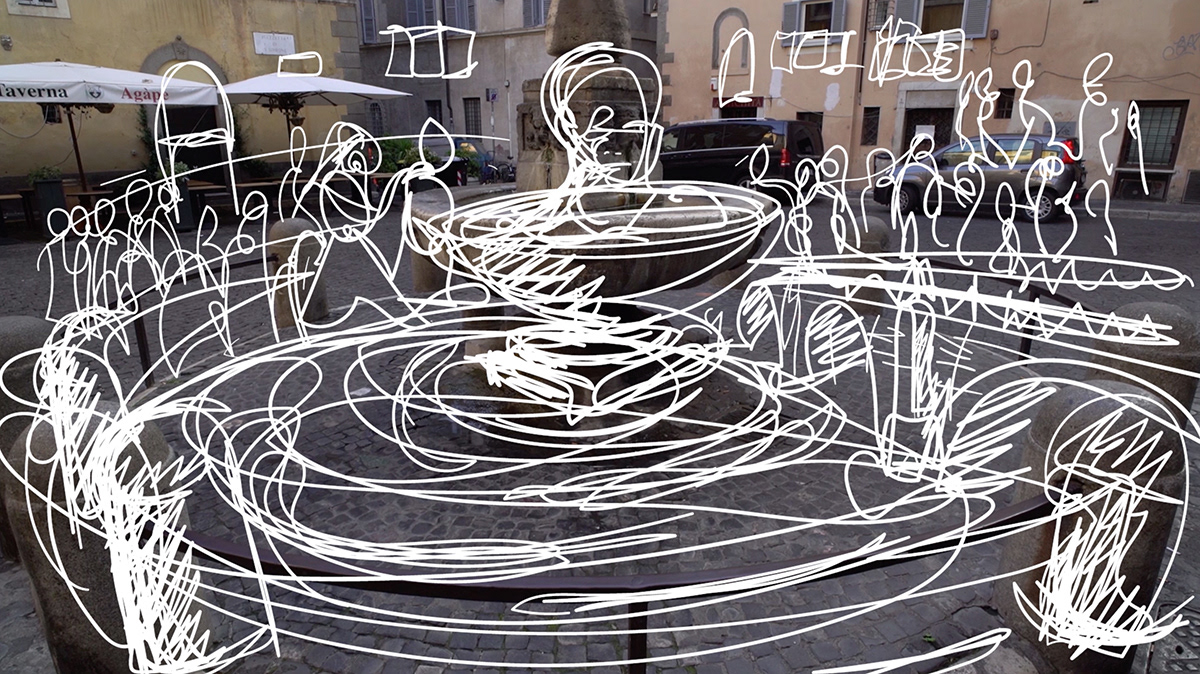
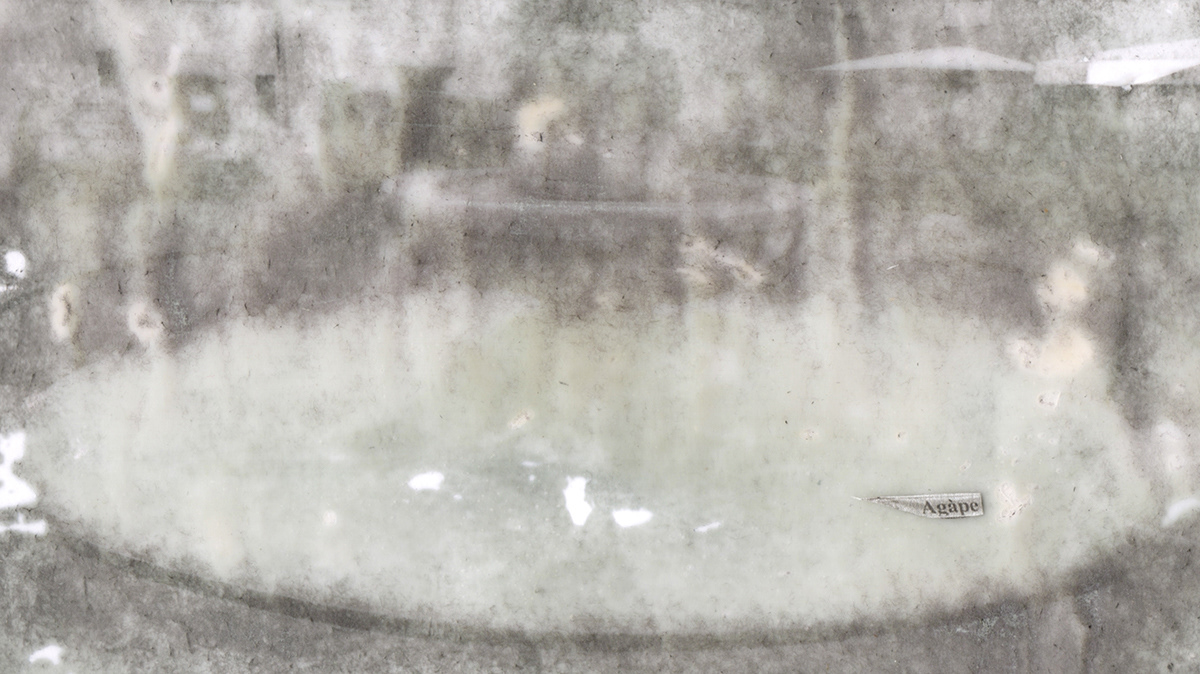

Stories become markers. Markers of people, markers of culture.
Beyondstories makes facts, events and people not historicized talk, enhancing the peculiarities that emerged from historiographic research and freeing the canonical tourist routes from mass crowding.
Street becomes a museum, a vibrant place of life and anecdotes.
Beyondstories could promote a system of Small Tourism that create a Circular Economy with local artisans and how Narrations and Imagination could enhance Civic Participation.
Spreading the boundaries of cultural heritage and giving life to a network, we aim that living become part of our culture. From micro to macro.
Designers should take on the role of “architects of relationships”.









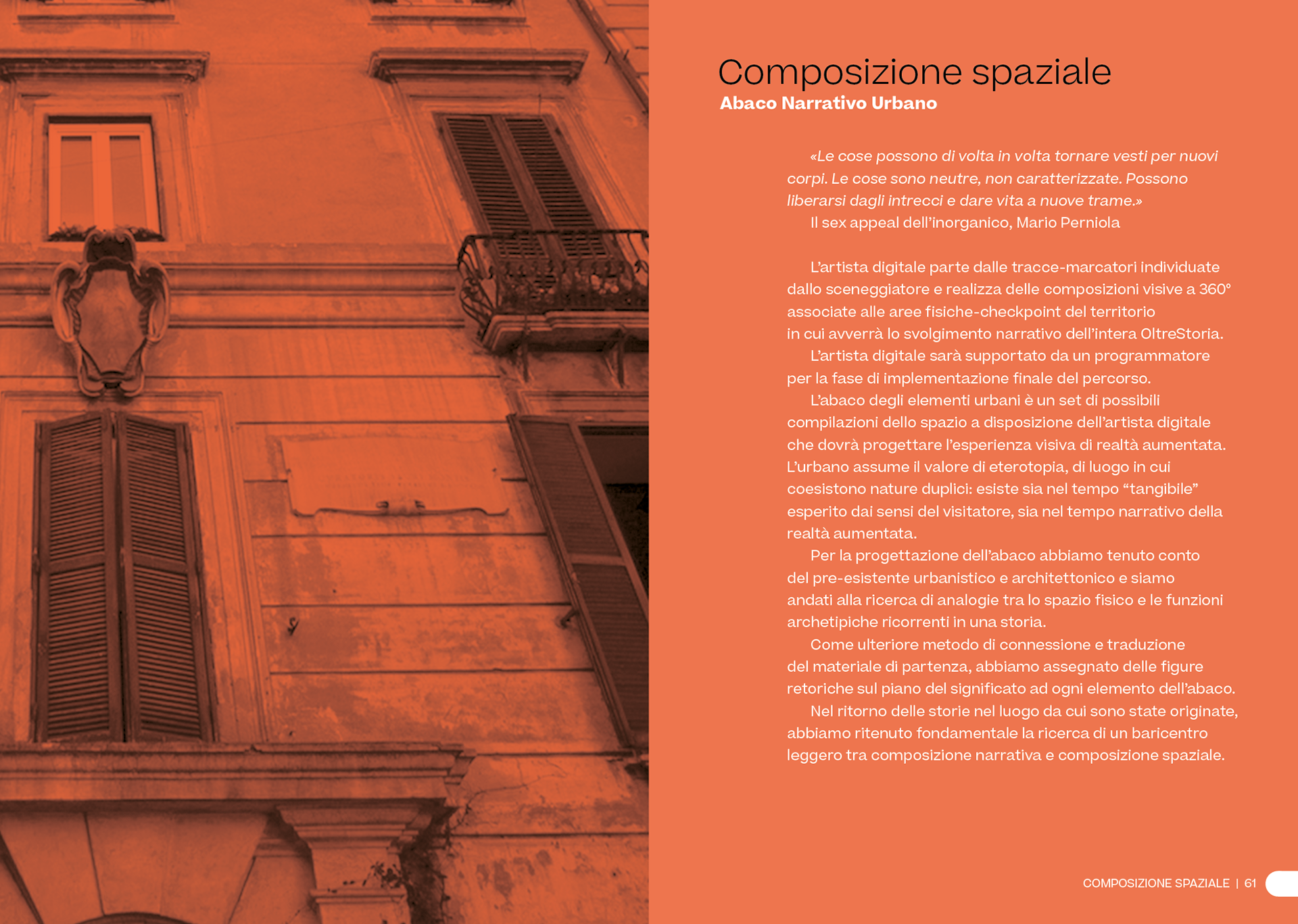
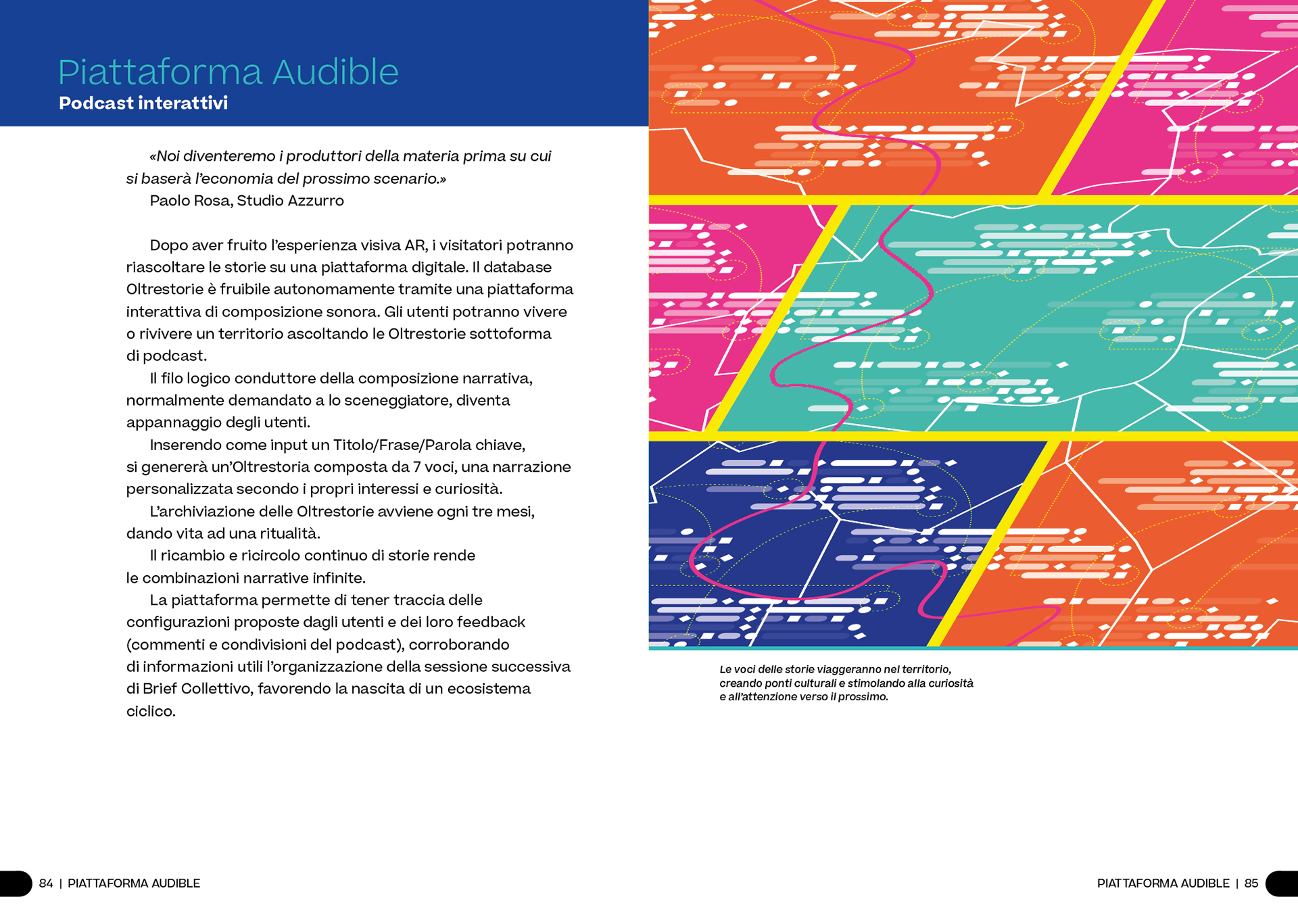








To go beyond.
From ordinary to extra-ordinary.
Beyond the stories,
Beyond the context.
MA Thesis Project
Supervised by
Prof. Veneranda Carrino
Prof. Mauro Palatucci
MA in Systems and Communication Design
Supervised by
Prof. Veneranda Carrino
Prof. Mauro Palatucci
MA in Systems and Communication Design
Team Project
Aureliano Capri, Valeria Michetti
Aureliano Capri, Valeria Michetti
Credits
Thanks to Prof. Lorenzo LRNZ Ceccotti for compositing assistance, to Federico Russotto for shooting assistance, to Giovanni Abbatepaolo for generative coding assistance, to Daniele De Luca for historical research assistance, to Andrea Di Mattia for his flashforward sight, to the following artists for sharing their personal interpretation of the fountain frame: Giovanni Capoccia, Daniele De Luca, Adam Di Mario, Francesco Fidani, Valeria Gallo, Diana Giaisa Rinaldi, Michele Redaelli, Noemi Saltalamacchia, Giorgio Siravo, Eleonora Zuaro.
Thanks to Prof. Lorenzo LRNZ Ceccotti for compositing assistance, to Federico Russotto for shooting assistance, to Giovanni Abbatepaolo for generative coding assistance, to Daniele De Luca for historical research assistance, to Andrea Di Mattia for his flashforward sight, to the following artists for sharing their personal interpretation of the fountain frame: Giovanni Capoccia, Daniele De Luca, Adam Di Mario, Francesco Fidani, Valeria Gallo, Diana Giaisa Rinaldi, Michele Redaelli, Noemi Saltalamacchia, Giorgio Siravo, Eleonora Zuaro.




